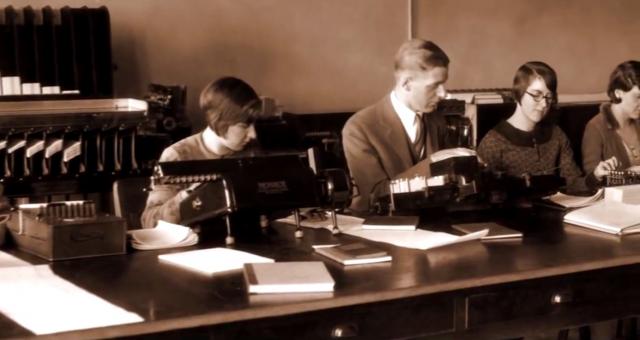Nowadays almost everyone is trying to build a computer that can think and reason just like humans do. Or very much so it seems. Google, Facebook, Baidu and IBM are doing so, just like start-ups such as MetaMind or Viv. And new players keep appearing all the time. However, most people were rather reserved about the idea of a non-human computer not a very long time ago, at the time of World War Two.
Confusing? Well, “computer” once referred to people whose job was to do calculations by hand. The mini documentary film called Computer History (www.youtube.com/watch?v=m13Jrk-cUmo) explains that way before digital computers were invented, mathematicians would divide complex problems into smaller parts and delegate them to human computers to solve. If we go back in time as far as the mid-1700s, then this work process allowed mathematicians to do astronomical calculations as quickly as never before.
The documentary film reveals that early computers were mostly women for the very reason that they would work for less money than men. Women’s role in computer science is still undervalued, although their contribution is getting more and more recognition today.
As a matter of fact, a lot of female “computers” went to work on the ENIAC, one of the first general purpose electronic computers, and the good news is that now they are looked upon as the pioneers of programming.
It is partly thanks to them that computation today is automated. However, the idea of breaking large computational problems into smaller bits has not vanished into the past. From Hadoop to others, most modern supercomputing services work in this way.

